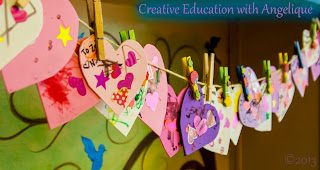As a teacher, I am so thankful to have a photocopier at my school. There are so many matching activities to be made on a photocopier, especially if you have colored ink available. Here are just a few math works I've made for the kids in our studio. There are truly endless activities out there with the use of a photo copier to help teach our children.
Matching and Counting Dice
Here, I photocopied different types of dice for the kids to match the numbers to.
Counting and Sorting Buttons
Here, I laid all of my buttons out on the glass surface of the photo copier, shut the lid very gently so that I wouldn't bump the buttons, and once I got my good copy I added numbers along the side and laminated it. This is a great tool for a sorting activity as well as learning to count.
Shape Making with Colorful Popsicle Sticks
Lay down some colored popsicle sticks on the photocopier and make different shapes to make cards for the kids to practice making shapes. Glue the images on thicker paper and laminate them to make your cards last longer.
Number and Quantity Matching
Instead of using dice, draw out dice cards, copy them in a row from one through 5 and laminate them for the kids to match.
I hope this gave you some new ideas for your classroom. Thanks for reading!















